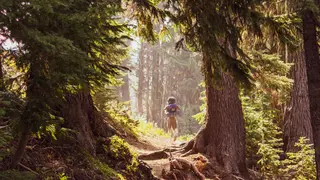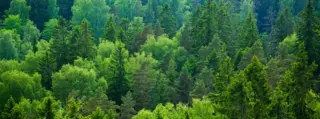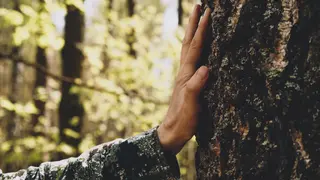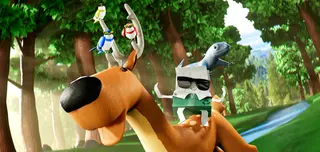
We all need things we can feel good about doing, and caring for the environment is one of them. In fact, that’s the message behind our rap song: You can feel good about choosing and recycling paper and cardboard because your choices mean more trees.
Paper and cardboard packaging, in fact, are sustainable, renewable and recyclable. Read on to find out more about how it all works before watching the animated video for our song, “More Paper, No Problem.”
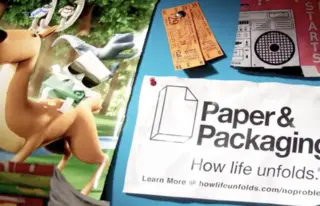
Thanks in great part to the sustainable forestry practices advocated by the paper and forest products industry, the annual increase in U.S. tree volume is roughly twice the amount that is harvested.
The paper industry works with owners of private forests in the U.S., many of which are family owned, to help manage and keep their forests healthy, replacing the trees used through regeneration and planting. The landowners spend years carefully cultivating and stewarding the forest, harvesting only what is needed. These forests supply about 90% of the wood in the U.S. that makes paper and wood products. A vibrant paper industry enables these landowners to responsibly manage their forestland. Without the income from sustainably grown wood, many landowners would develop their land for other use, turning it into farmland or real estate development.
Producing recycled paper is energy efficient, requiring only about 60% of the energy needed to make new paper from wood pulp.
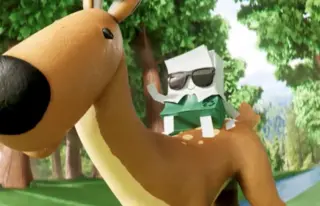
Paper products can be recycled up to seven times. Cardboard boxes and other paper products are among the most recycled materials in the U.S.
Not only that, but the industry uses every part of the tree to develop products and support its manufacturing processes. For instance, bark is used to power mills and provide electricity to the grid. Thanks to energy from wood residue, some mills even produce more energy than they consume.
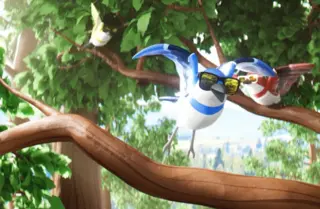
When you choose paper for nature, you’re helping to care for the forests by not only increasing forest coverage but also protecting wildlife and habitats.
Every time a tree is harvested, the limbs, pine needles and other small tree parts that are left behind on the forest floor form healthy habitats for chicks and other woodland creatures. Bugs feed on this organic matter as it decomposes, which attracts birds that in turn feed on them.
Watch Our Rap Video: “More Paper, No Problem”
Learn more about how you can be a force for nature and how you can help the planet by making recycling a habit.

